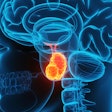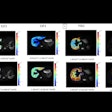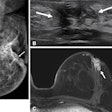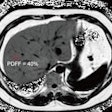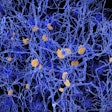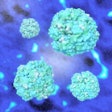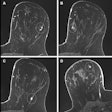In an era of increasingly available disease-modifying therapies (DMTs) for various types of dementia, MR and CT imaging continue to predominate for diagnosis -- although blood tests remain the most commonly-used method, researchers have reported.
On the other hand, PET imaging and cerebrospinal fluid (CSF) biomarker testing are infrequently applied, despite their diagnostic value -- a trend that could impede early treatment of dementia, according to a team led by Jessie Yan, PhD, of Roche Diagnostics in Santa Clara, CA. The group's findings were published on August 4 in Alzheimer's and Dementia.
"Our study results suggest that, during the six years preceding the arrival of DMTs [2015 to 2020], despite the modest increasing trends, blood tests, MRI, and CT were the predominant diagnostic tests, while the use of CSF and PET was very infrequent," the team wrote.
Current diagnosis of Alzheimer's disease or dementia is mainly based on clinical signs and symptoms, and many individuals are diagnosed when their disease is advanced. MR and CT imaging are used to identify structural and functional changes in the brain, but despite their prevalent use, don't always confirm an Alzheimer's disease diagnosis, according to the team. Biomarker tests, such as those performed with PET imaging or CSF analysis, increase diagnostic accuracy. Yet in the end, it's not clear which types of tests for dementia are being used in "real-world" settings, the researchers noted, writing that "a gap persists in understanding the broader use of diagnostic tools for dementia on a national scale."
Yan and colleagues sought to address this knowledge gap in their study, which included Medicare fee-for-service data from 2015 to 2020 from 653,420 patients aged 67 or older. Of these patients, 9.1% had mild cognitive impairment, 30.3% had Alzheimer's disease, and 60.6% had other dementias.
The group reported that while blood tests remain the primary method of diagnosing dementia at 71.9%, 53.9% of patients underwent neuroimaging. In last place was cerebrospinal fluid (CSF) testing, at 2.2%.
Imaging tests to diagnose dementia did increase slightly through the study time period, the researchers found.
Trends in use of imaging tests for diagnosing dementia within 1 year before diagnosis date | ||
Type of imaging | 2015 | 2020 |
| Any | 48.7% | 55.5% |
| MRI | 13.6% | 20.4% |
| CT | 43.6% | 46.1% |
| PET | 0.4% | 0.8% |
The lesser use of CSF and PET imaging to diagnose dementia may be because the invasiveness of lumbar puncture and the cost of PET imaging contribute, according to the authors. However, "with the advent of DMTs, the use of CSF biomarker and PET tests is expected to increase due to the confirmation requirement of the presence of [beta-amyloid] pathology prior to DMT initiation," they added.
"Despite the modest increasing trends, substantial improvements are needed in the use of confirmatory tests, especially PET and CSF, which will be necessary for increased use of new DMTs," Yan and colleagues concluded.
The complete study can be found here.
Disclosure: Five of the eight study authors are employees of and shareholders in F. Hoffmann-La Roche; two receive consulting fees from Roche Diagnostics International.


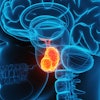
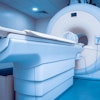
.fFmgij6Hin.png?auto=compress%2Cformat&fit=crop&h=100&q=70&w=100)
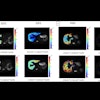

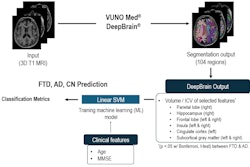

.fFmgij6Hin.png?auto=compress%2Cformat&fit=crop&h=167&q=70&w=250)
